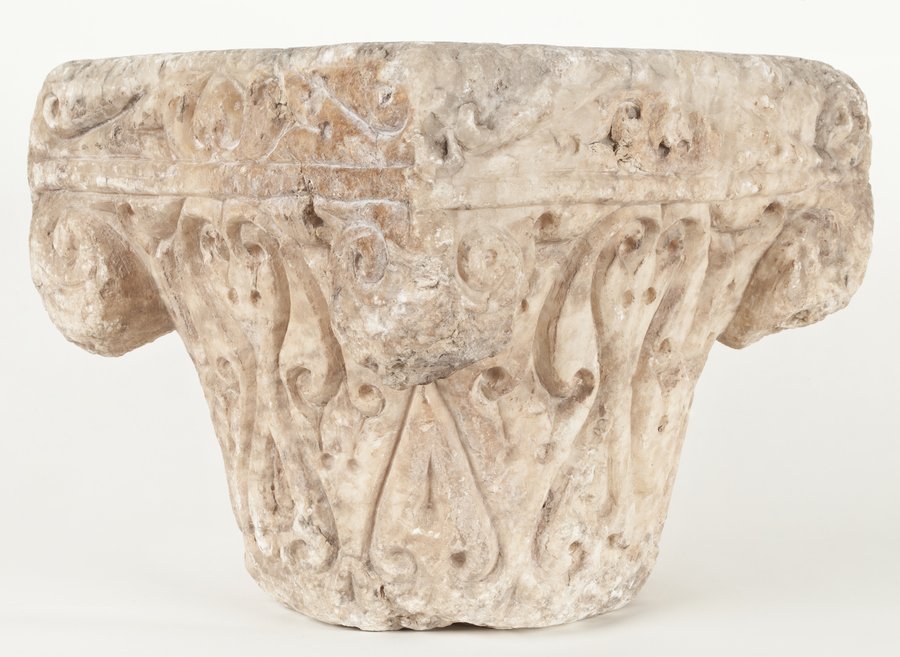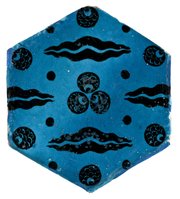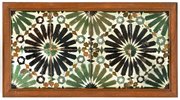
Abbasid Alabaster Capital
Museum of Islamic Art
- Title:
- Abbasid Alabaster Capital
- Production place:
- Raqqa
- Date:
- 800 - 999
- Period:
- Abbasid
- Title:
- Abbasid Alabaster Capital
- Production place:
- Raqqa
- Date:
- 800 - 999
- Period:
- Abbasid
- Material:
- Alabaster
- Technique:
- Carving
- Dimensions:
- 29 × 29 × 29 cm
This carved alabaster capital is most probably from Raqqa, a caliphal city of the Abbasid Empire, which experienced its greatest expansion under the reign of Harun al-Rashid (145 or 149-193 AH/ 763 or 766-809 CE) between 179 AH/ 796 CE and 193 AH/ 809 CE.
Decorated and carved on all four sides, which contrasts with other capitals found in Raqqa, this one seems to have been placed in a prominent area on a freestanding column in a reception hall of a royal residence or a palace.
Due to the decoration of this capital, it is often associated with the ornamentation on carved wooden, stucco and marble panels which were excavated in Samarra, the capital of the Abbasid Caliphate during the 2nd-3rd century AH/ 9th century CE. Since Samarra no longer served as a caliphal city and precious and above all portable material was removed from buildings, one established but unproven theory is that marble capitals, as this one, were transported to Raqqa and reused as spolia.
Similar capitals can be found, for instance, in the Museum of Islamic Art in Berlin (I. 2196, I. 2202) and the David Collection in Copenhagen (1/2001, 2/2001).



